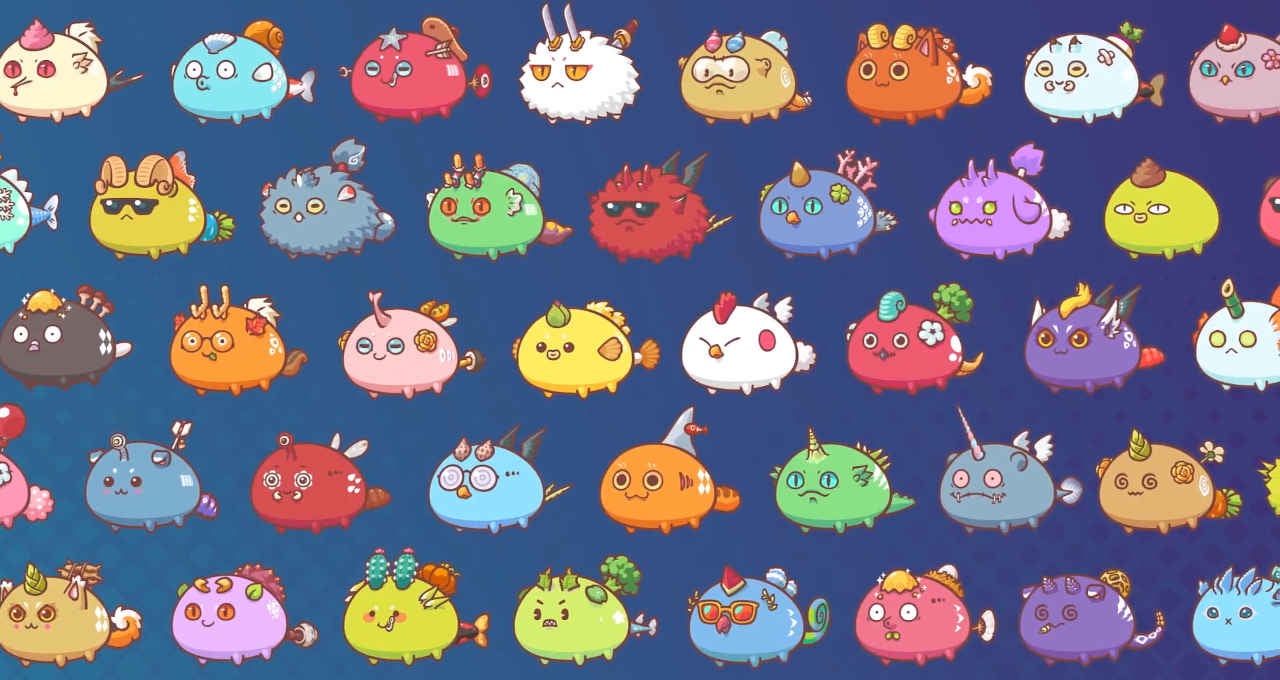According to industry soothsayers, 2022 will be the year of NFTs in videogames. In case you’ve somehow yet to have the pleasure, an NFT or non-fungible token is essentially a glorified IOU bought with a cryptocurrency, an unregulated and “decentralised” digital currency mostly created by having masses of computers do hard sums at staggering energy expense as “proof of work”, and stored on an online ledger called a blockchain. NFTs don’t give you exclusive access to the individual commodity they correspond to, just the right to self-identify as “owner”. They’re status ornaments drenched in prophecies of a libertarian future in which traditional banks melt into the sea alongside our coastal cities. Within games, they’re touted as the basis for play-to-earn schemes, whereby things like hats and pets can be bought as NFTs and sold once the price increases, potentially transferring ownership of these items between titles. Many seasoned developers, including Bungie’s senior technical designer Max Nichols, have pointed out the issues with this thinking - for one thing, assigning and transferring ownership of digital items is entirely possible using bog-standard databases that don’t have quite such a vast ecological footprint, and besides, are you making a fantasy world or a stock market with some curly golden fonts? Nonetheless, there are already several titles built around the P2E model, such as Pokemon homage Axie Infinity (see Khee Hoon Chan’s great report), and the promise of many more to come - Epic, Ubisoft, Square Enix and EA have all expressed an interest in the blockchain. All of which sounds very depressing, but I do think there’s something constructive to say about the rise of NFTs in games. It begins with the counterargument often raised by crypto evangelists when confronted about the “real” value of what they’re buying. “Oh, you say NFTs are a scam, a case of magic beans,” they say. “But isn’t the same true of regular banknotes and coins? Isn’t transferable value of any kind just the product of collective agreement and delusion?” The objection is an opportunity. Because yes, the older capitalist systems and values we’re accustomed to are fundamentally just as illusory as crypto, and the sheer, emperor’s-new-clothes absurdity of NFTs can’t help but shine a spotlight on their failings. Within games, I think play-to-earn opens up room for a debate about the extent to which games are already hooked on earning - not just in the form of, say, cosmetics bought with in-world credits, but in the long history of treating gameplay as itself a kind of “proof of work”, an idealised version of the daily grind with some glamorous perks and guaranteed advancement. This tendency possibly begins with the redefinition of “role-playing” to mean “levelling system”, and the associated blurring of RPGs with other genres. RPG levelling has become an all-purpose backbone for progression, objective and even narrative design in games of all kinds. I’ve done my share of levelling up, but I do feel despair at how these systems now dominate discussion of campaign pacing or “player satisfaction”, and how they enable broader ways of thinking about games as just platters of materials to consume or invest in. Blockchain game designers have solid ground to build on. Beyond a certain budget threshold, I’m not sure “playing for fun” has been the point for decades: we are all engaged in rituals of extraction made compulsive by the expertise of game designers, who remain the best brain-hackers on the planet. So if this year is the year of play-to-earn, let’s also make it the year in which we talk about our addiction to “earning” as a recreational activity.
